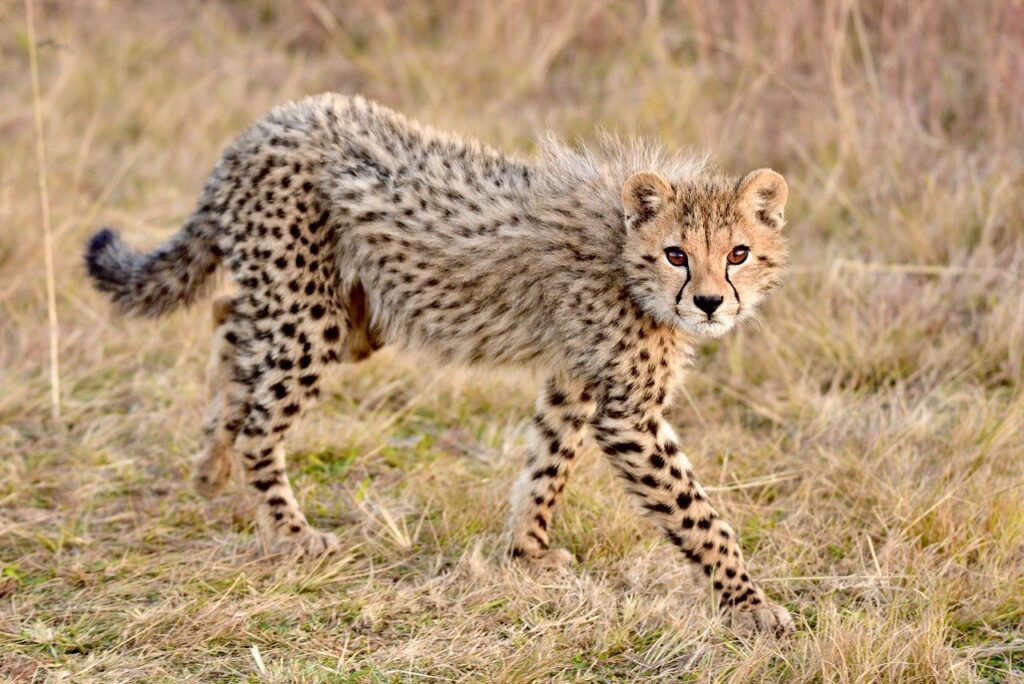An endoskeleton is the internal skeletal framework that protects an animal’s internal organs and tissues. Humans, for one, have an endoskeleton consisting of the skull, ribcage, backbone, shoulder bones, arm and leg bones, and pelvic bones. Endoskeletons are found in all vertebrates. It not only protects but shapes the form of an animal and allows complexity in its range of functions.
In contrast to exoskeletons, endoskeletons can carry huge amounts of weight despite being relatively lightweight. From animals of the land, sea, and air, this is a list of 14 animals with endoskeletons.
Sharks
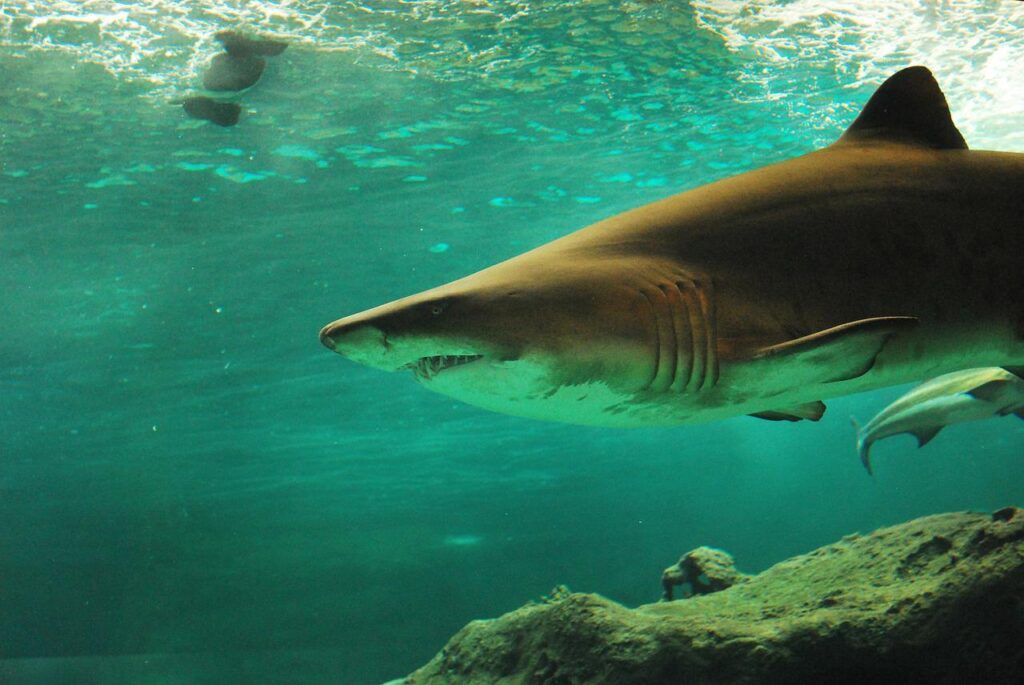
Sharks have partially calcified cartilaginous endoskeletons. Their excellently formed anatomies suited for hunting and vicious predatory skills make them underwater forces to be reckoned with.
Sharks are found in the seas and freshwater lakes, rivers, lagoons, and polar seas. People might imagine them as gluttonous eaters, but nothing can be farther from the truth. A shark only ingests around 1-10% of its body weight weekly. They would also rather avoid people unless it mistakes them for food while underwater.
source: https://oceanservice.noaa.gov/facts/sharkseat.html
Hawks
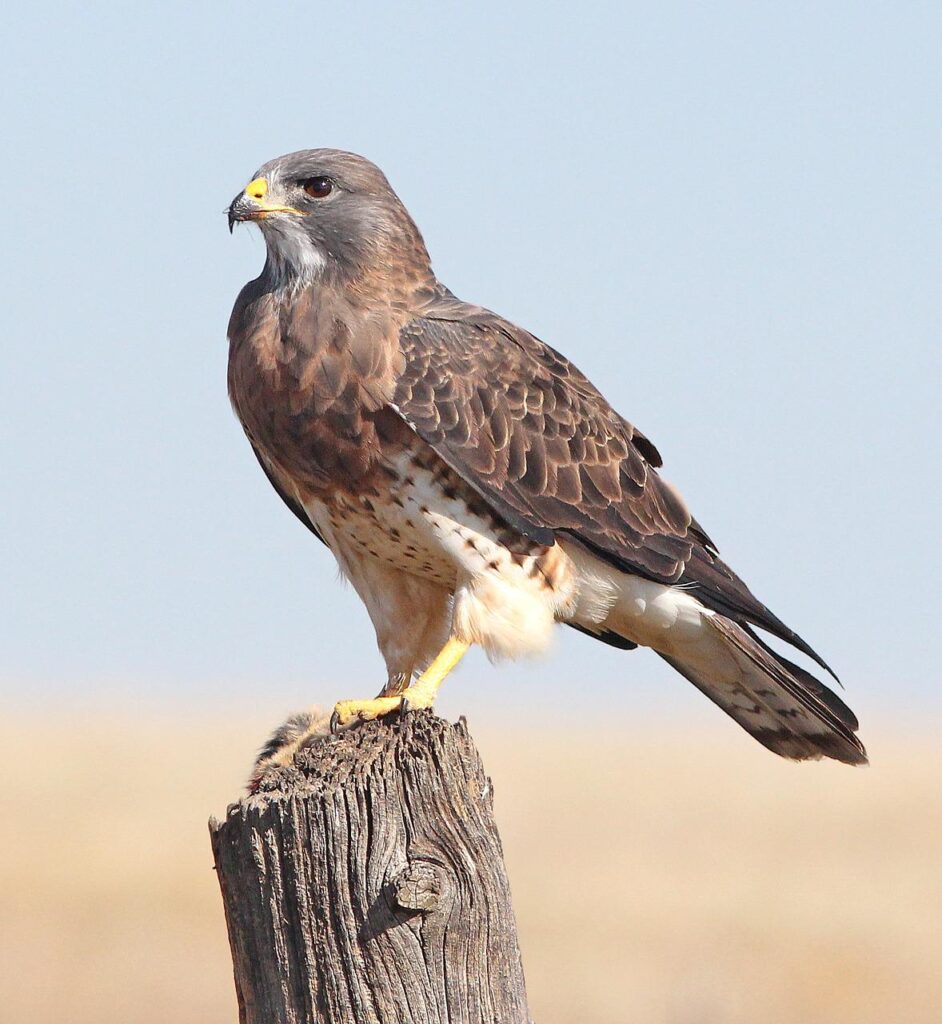
Hawks are animals related to eagles and owls, with familiar features including sharp talons and sharp curved beaks. Appearances might differ from one hawk to another in terms of colors, patterns, and even markings.
Like their eagle relatives, hawks inhabit any type of habitat save the extremely cold polar regions. They can survive in warm, temperate and cold, wintery weather. Hawks prey on meat and never on plants, being the strict carnivores they are. Their prey includes rabbits, snakes, mice, fishes, lizards, and any prey small enough to be caught.
source: https://www.earth.com/news/the-worlds-only-nocturnal-hawk-may-not-see-well-in-the-dark/
Frogs
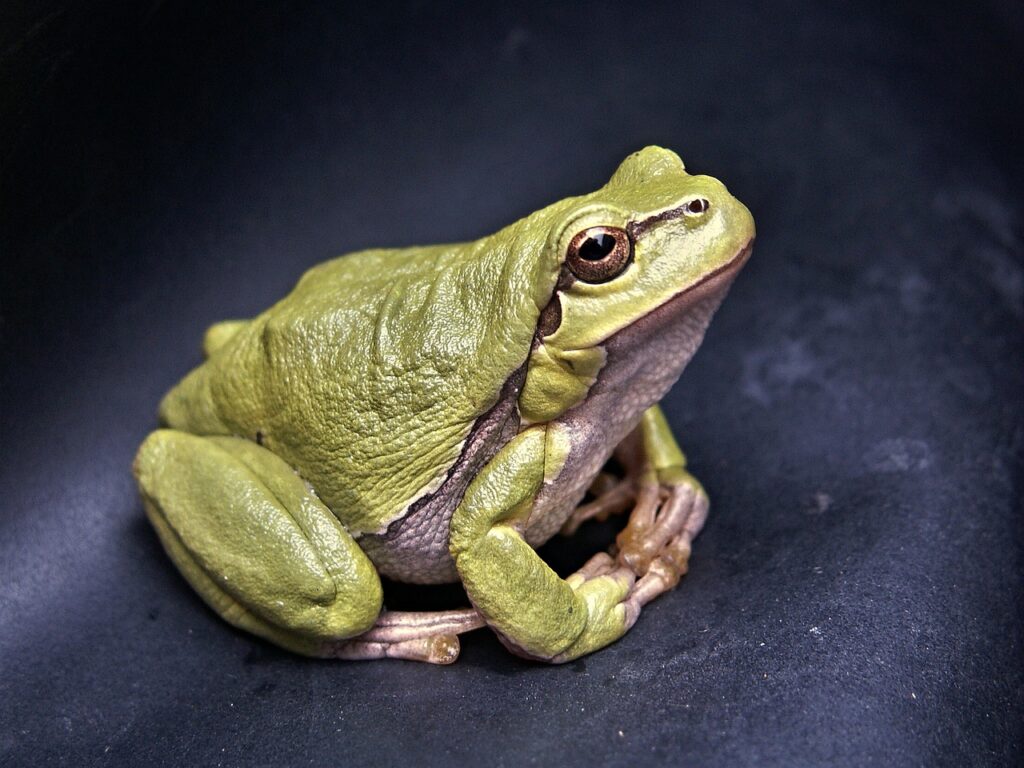
Frogs can be distinguished from toads with their moist skin, unlike the dry and warty one. The smallest frogs can only grow to less than half an inch long. The largest, meanwhile, reaches up to 13 inches or more. All frogs share in body shape and appearance and only vary in the department of colors and sizes.
A frog’s diet is strictly limited and decided by its habitat. It can only feed on the available food offered by its surroundings. The food it can prey upon also depends on its size.
source:https://www.burkemuseum.org/collections-and-research/biology/herpetology/all-about-amphibians/frog-myths
Iguanas

Iguanas do not only come in green in terms of color variation. There are yellow, grey, and bright green iguanas that exist in the wild, with some having traces of red and orange spots around certain parts of the body. An iguana should have remarkably lean spines running down its back. It helps their kind swim, scare predators off, and control the body temperature when it gets too humid.
Young iguanas commonly feed on the feces produced by adult iguanas to acquire the necessary gut bacteria that digest the plant matter it consumes in high amounts.
source:https://www.pashudhanpraharee.com/green-iguana-as-pets-keeping-caring/
Bulls

A bull is a male variation of the cattle species. The significant difference in muscle is apparent in the female counterpart, the cow.
Bulls have features that help them do what they want to do best: dominating. Dominating a herd allows a bull to choose the best option for reproduction; while bulls might stand around the same height as cows, their muscular physique certainly makes them weigh remarkably more. This muscularity, however, does not conjure a difference between a bull and a cow’s diet, as they both consume the same diet of grass, grains, and other wild foliage.
source:https://worldbirds.com/bull-symbolism/
Gorillas
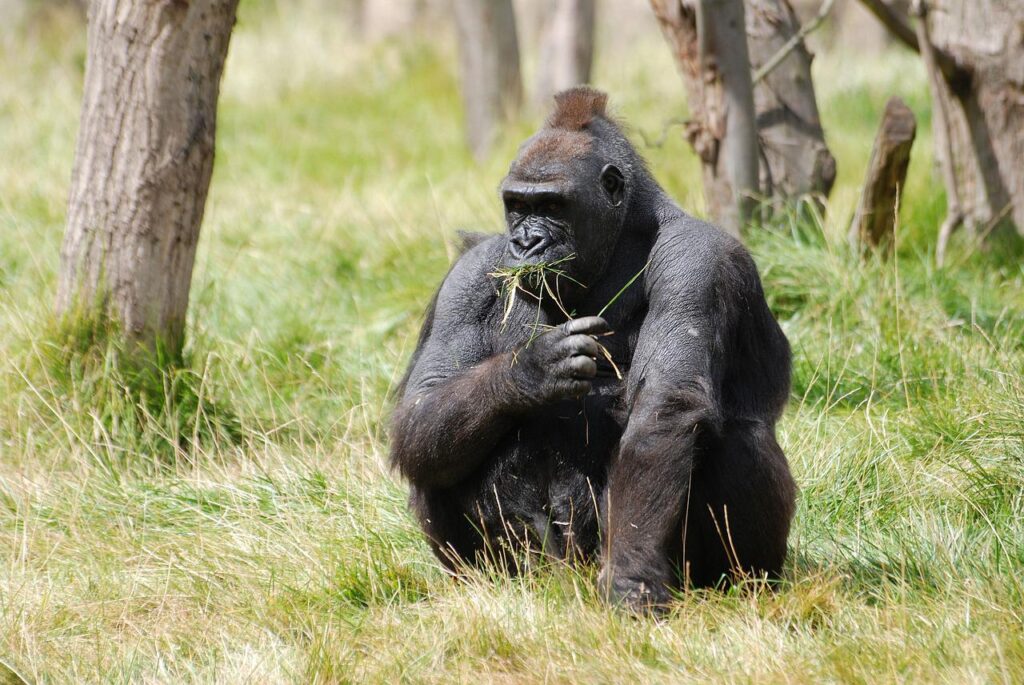
Gorillas belong to apes that are native to the jungles of Africa. These mammals are considered to be the largest primates alive as of date. Male adult Gorillas measure up to 6 feet and weigh between 300 – 430 lbs. Females, meanwhile, weigh around 150 and 250 lbs. Gorillas native to mountainous locations have thicker fur than their counterparts.
Gorillas feed primarily on plants, making them herbivorous animals. Most of their diet consists of leaves, stems, and other plant parts, while occasionally eating fruit. Gorillas are an endangered species, which mostly result from the destruction of their natural habitats, which they need direly to survive, as with any other animal.
source:https://www.britannica.com/animal/western-lowland-gorilla
Dolphins

Dolphins all share a similar elongated body form characterized by dorsal fins around the back, two pectoral fins down under, and a tail or caudal fin. Next to humans, dolphins are regarded as the second most intelligent animal on the planet. They are even considered to be brighter and more intelligent than primates.
This might result from their high brain-to-body weight ratio, allowing them to understand abstract situations better and faster. They use this intelligence for hunting, enabling them to devise effective strategies to catch evasive prey.
source:https://www.euronews.com/green/2022/05/07/dolphins-derive-pleasure-from-very-complicated-vaginas-new-research-finds
Gazelles
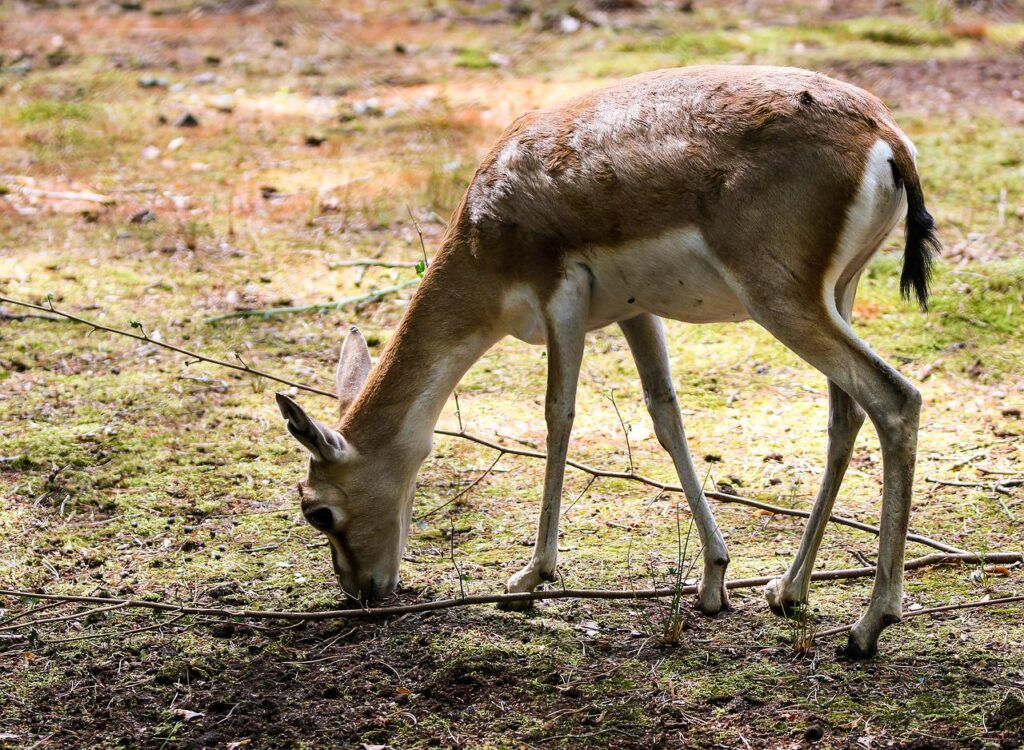
Gazelles have lean bodies that allow them to run swiftly for different reasons, not the least running away from a predator. Some gazelle species can speed up to a hundred kilometers per hour. Gazelles are scattered across the lands of Africa, the Middle East, and India, mostly roaming deserts and grasslands to feed upon grasses and shrubs.
They adjust their diet to the weather, preferring grasses when water is abundant and changing preference toward plant parts with high water content when the dry season comes around.
source:https://africafreak.com/thomsons-gazelle
Jaguars

Jaguars have magnificently-looking patterns that make them stand out from their feline counterparts. Their large teeth, eyes, and stiff-looking muscular legs balance the elegance with a sight of fierceness. And, true enough, jaguars are fierce predators of the grasslands, subtropical, and rainforests.
Jaguars are not specific in food choices. They prey on about 87 different species of animals, but they prefer an all-meat diet. They utilize their bite during predation, even using it to pierce through the brain of their helpless prey. Speak of fierceness!
source: https://en.wikipedia.org/wiki/Jaguar
Tigers

Tigers are the largest variation of the big cat family. Bengal and Siberian tigers, their largest among the largest species, can reach up to 4 feet tall and weigh 800 lbs in their wild habitat. The apex predators have bodily structures that are quintessentially designed for being a predator. They can stalk their prey in the jungle quietly by themselves.
Tigers like indulging themselves in heavy-weighing meals, weighing around 200 lbs or more. They occasionally hunt other predators of the wild, like leopards and crocodiles.
source:https://www.sustainability-times.com/environmental-protection/poaching-remains-a-threat-to-thailands-wild-tigers/
Alligators

Alligators have u-shaped snouts, as opposed to crocodiles’ v-shaped snouts. Like crocodiles, however, they have thick bodies, short limbs, and solid scales. Alligators of the American species measure quite lengthily, ranging between 12-13 feet long on average, the largest recorded being almost 20 ft. long. Chinese alligators, meanwhile, reach lengths of 5-6ft, weighing around 90 lbs.
A female mother alligator is extremely protective of her nest. Anything that wanders too closely is for sure to suffer her attack. They also guide their offspring throughout their young lives and aren’t shy to accompany them in places to protect them from harm.
source: https://www.nwf.org/Educational-Resources/Wildlife-Guide/Reptiles/American-Alligator
Cows
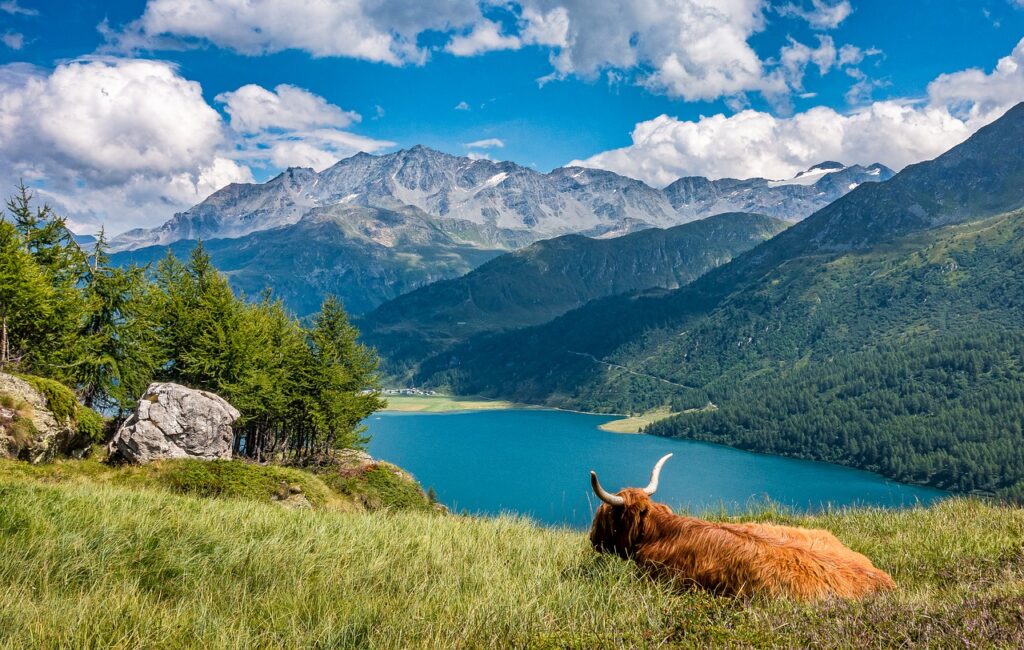
All cows belong to one same species. Cows are domesticated mainly for agricultural products like meat and dairy. The typical image conjured when speaking of cow milk is the Holstein Friesian breed, with its white coat and darkened spots.
Experts believe that cow ancestors originally occupied open grazing land. Nowadays, however, cows are commonly found in pastures for domestication. Cow diet mainly consists of grass, and it consumes lots of it. The upside, however, is it can live anyplace as long as the grass is abundant.
source: https://www.britannica.com/animal/cow
Chimpanzee

Chimpanzees are animals belonging to the family of great apes. Did you know that they are humans’ closest relatives alongside bonobos? A human and a chimp share 98.7% of the genetic blueprint, which probably explains why they are such social creatures. Chimpanzees like to live in communities led by a leader referred to as an alpha male. The alpha is accompanied by a coalition of alpha males loyal to him.
Another sign of chimpanzee intelligence is their amazing ability to use tools to serve their purposes. Chimps have a diverse preference in diet, including insects, eggs, nuts, and meat of tortoises, and antelopes, among other things.
source:https://www.newscientist.com/article/2267734-chimpanzees-seem-to-speak-in-sentences-of-three-or-more-calls/
Cheetah
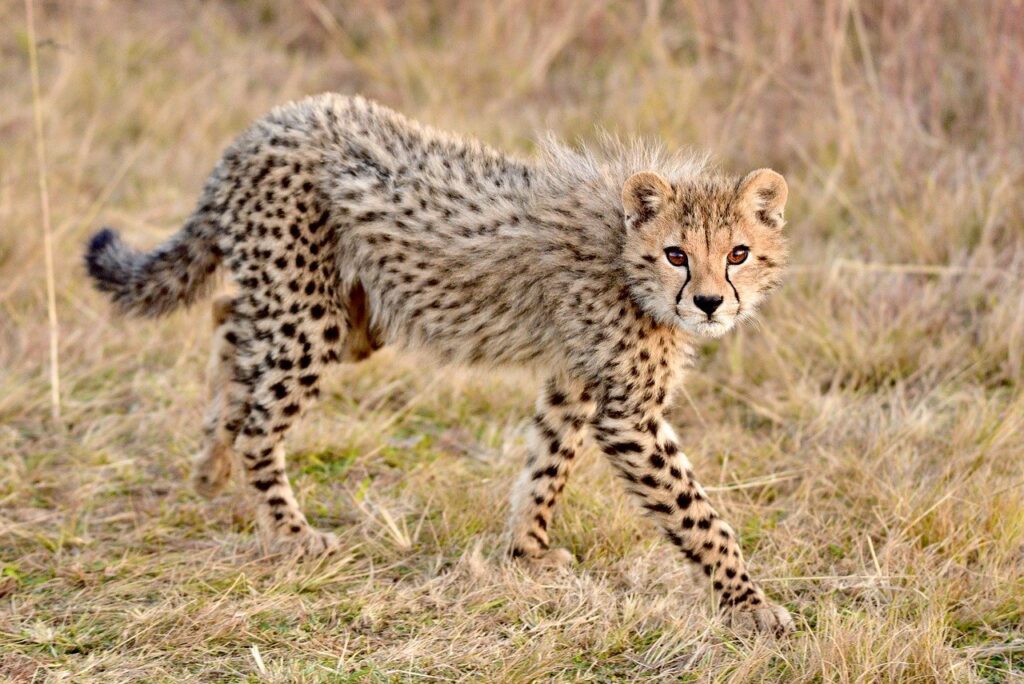
The cheetah holds the animal record of being the fastest land-occupying mammal. A cheetah can accelerate from nothing to 60 miles an hour in three seconds! Cheetahs, however, take a hit in the fearsomeness department with their incapability to roar, unlike lions, jaguars, tigers, and leopards.
Cheetahs live in varied habitats around and across east and south Africa. Asiatic cheetahs found in Iran belong to critically endangered species, with a couple hundred supposed to be left. They hunt on grasslands with exceptional speed and sight, stalking their target and making sure to strike a finishing blow at the right time in the quickest manner possible to save huge amounts of energy.
source:https://www.ecowatch.com/cheetah-south-africa-2647856721.html

